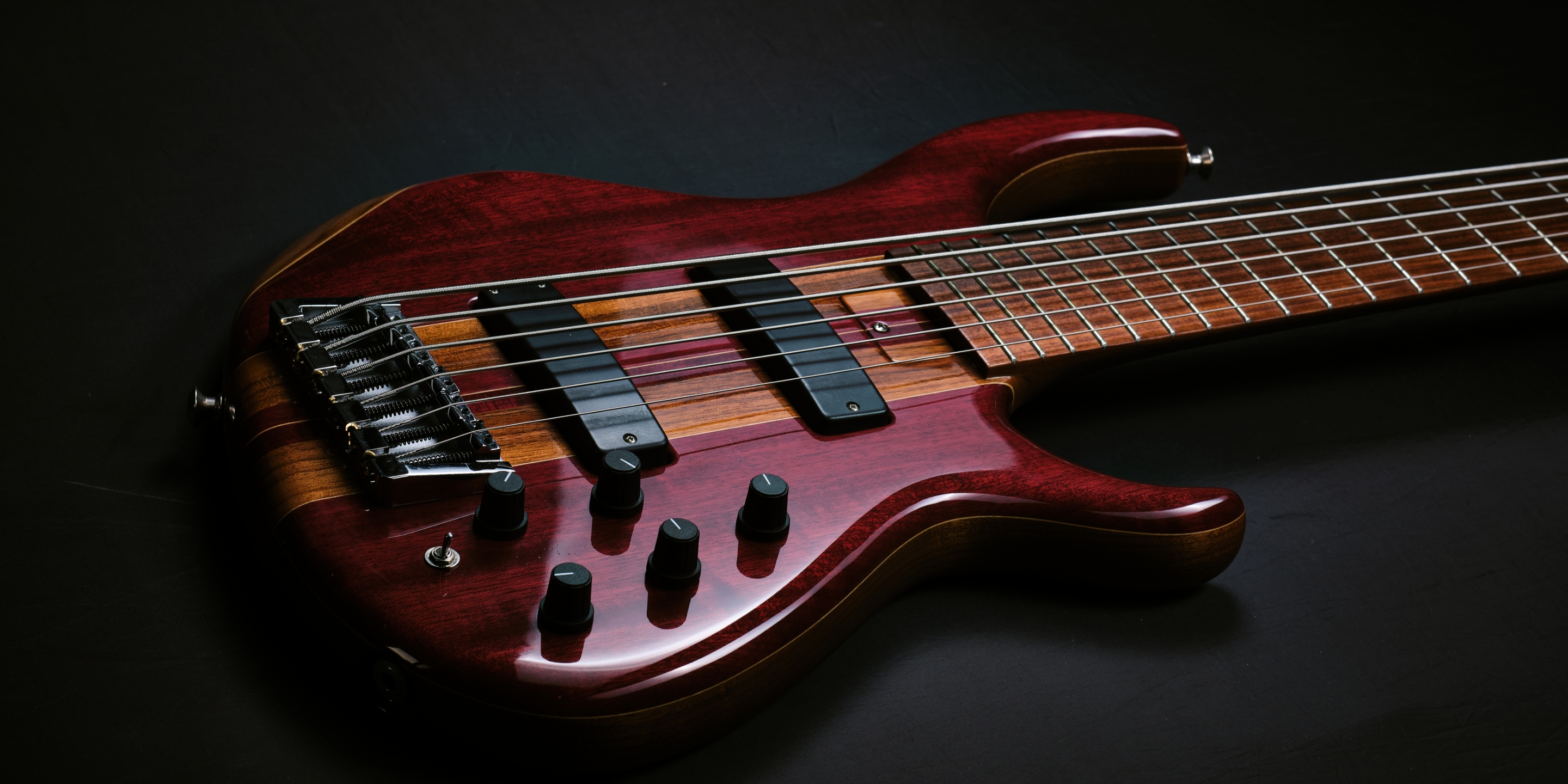
When it comes to boutique bass builders that left an undeniable mark on the low-end world, Tobias sits high on the list. Known for their innovative design, superior craftsmanship, and the unmistakable growl and clarity of their instruments, Tobias basses carved a serious niche among players in the ’80s and early ’90s. But like many good stories in the music industry, this one includes a turning point: a sale to a major company and the bittersweet shift that followed.
The story starts in Orlando, Florida in the late 1970s, when Michael Tobias began crafting custom bass guitars under his own name. By 1977, the Tobias name started gaining traction among bassists looking for something outside the Fender mold—something modern, yet organic, with high-end tonewoods and incredible playability.
In the early ’80s, Michael moved operations to California, and this is where things really started to heat up. Tobias basses quickly became known for a few key features that set them apart:
- Asymmetrical neck profile: A design that was thinner on the treble side and thicker on the bass side—this made for an incredibly ergonomic, natural-feeling neck.
- Neck-through construction: Most Tobias basses from this era were neck-through, giving them endless sustain and tight, focused low-end.
- Custom electronics: Many Tobias instruments featured Bartolini pickups and preamps, tuned specifically for each bass.
- Exotic tonewoods: Bubinga, walnut, purpleheart, maple, and wenge were all part of the Tobias palette, giving the basses both sonic character and visual beauty.
Every bass was handcrafted with extreme attention to detail, and no two were exactly alike. This was true boutique craftsmanship—and it showed.
By the mid-to-late ’80s, Tobias was on fire. Players like Jimmy Haslip, Tony Campos, and Doug Wimbish were all wielding Tobias basses. The instruments had a punchy, hi-fi clarity that cut through any mix without losing warmth or depth. These were basses made for the player who needed both finesse and firepower.
This era—pre-Gibson, California-built Tobias basses—is now considered the “golden age.” It’s often referred to as the pre-Nashville era, and collectors go out of their way to track down instruments with serial numbers below ~#2044, which marks the point of transition.
In 1990, Michael Tobias sold the company to Gibson. On paper, this made sense: Gibson had the resources to scale production and get Tobias into the hands of more players. But as is often the case when a small shop gets absorbed by a corporate giant, the soul of the instruments began to shift.
Gibson moved the Tobias production facility to Nashville, Tennessee, and while Michael initially stayed on for the transition, he left the company not long after.
The result? Well, opinions vary, but here’s the general consensus among players and collectors:
- Build quality dropped: While Gibson-produced Tobias basses were still solid instruments, they lacked the handcrafted attention to detail that made the originals so special.
- Less individuality: The original Tobias basses were almost all one-offs. Under Gibson, production became more standardized.
- Tonal shift: While still good-sounding, many players felt the newer Tobias basses lost some of the signature warmth and dynamic response of the California-built instruments.
There’s a reason pre-Gibson Tobias basses are so sought after:
- They were player-first instruments—designed, tweaked, and built by someone who truly understood the needs of working bassists.
- Every bass told its own story—unique wood combinations, electronics tuned by ear, and neck profiles shaped by hand.
- They feel alive—a bit cliché, maybe, but anyone who’s played a pre-Gibson Tobias knows what that means. There’s a responsiveness and connection you don’t find everywhere.
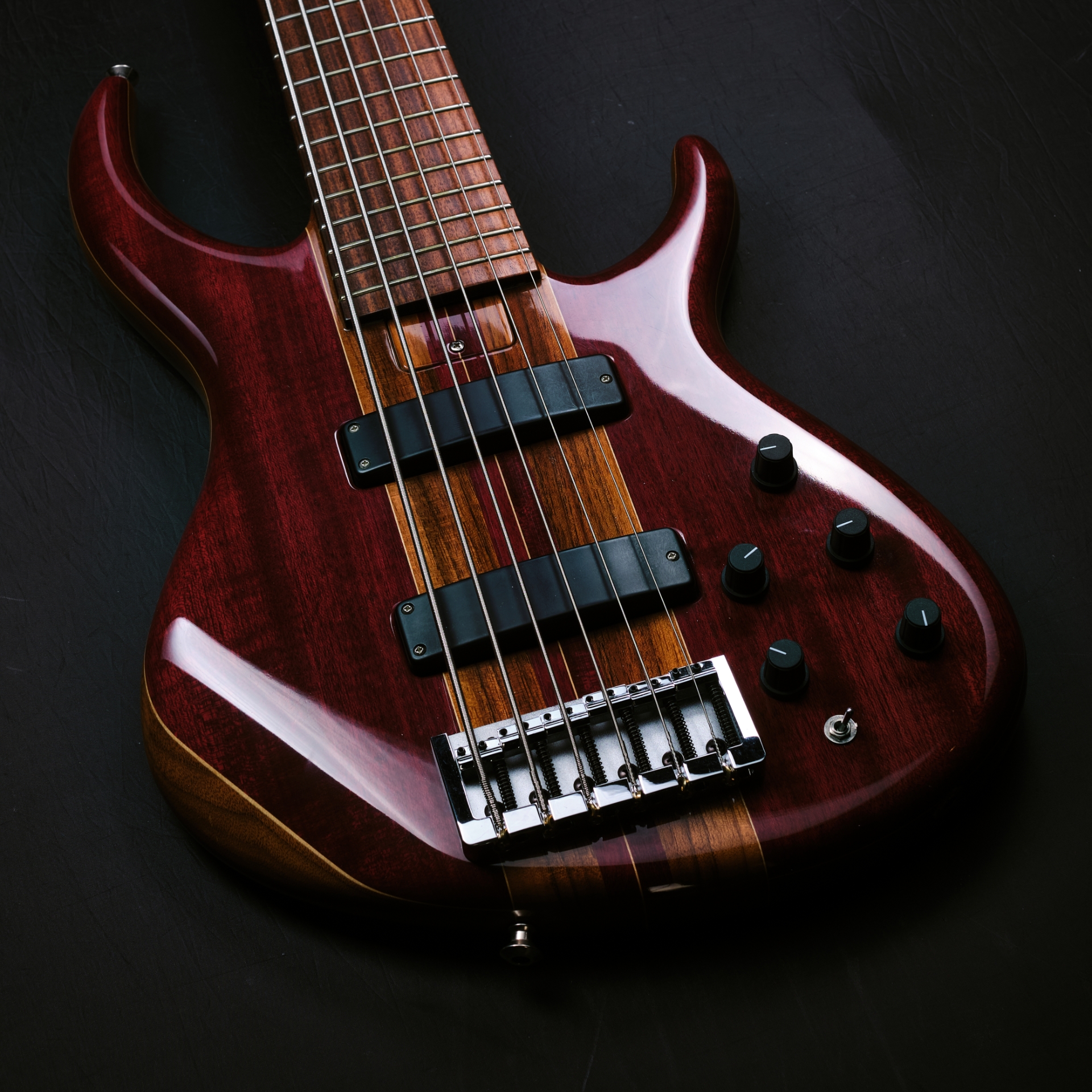
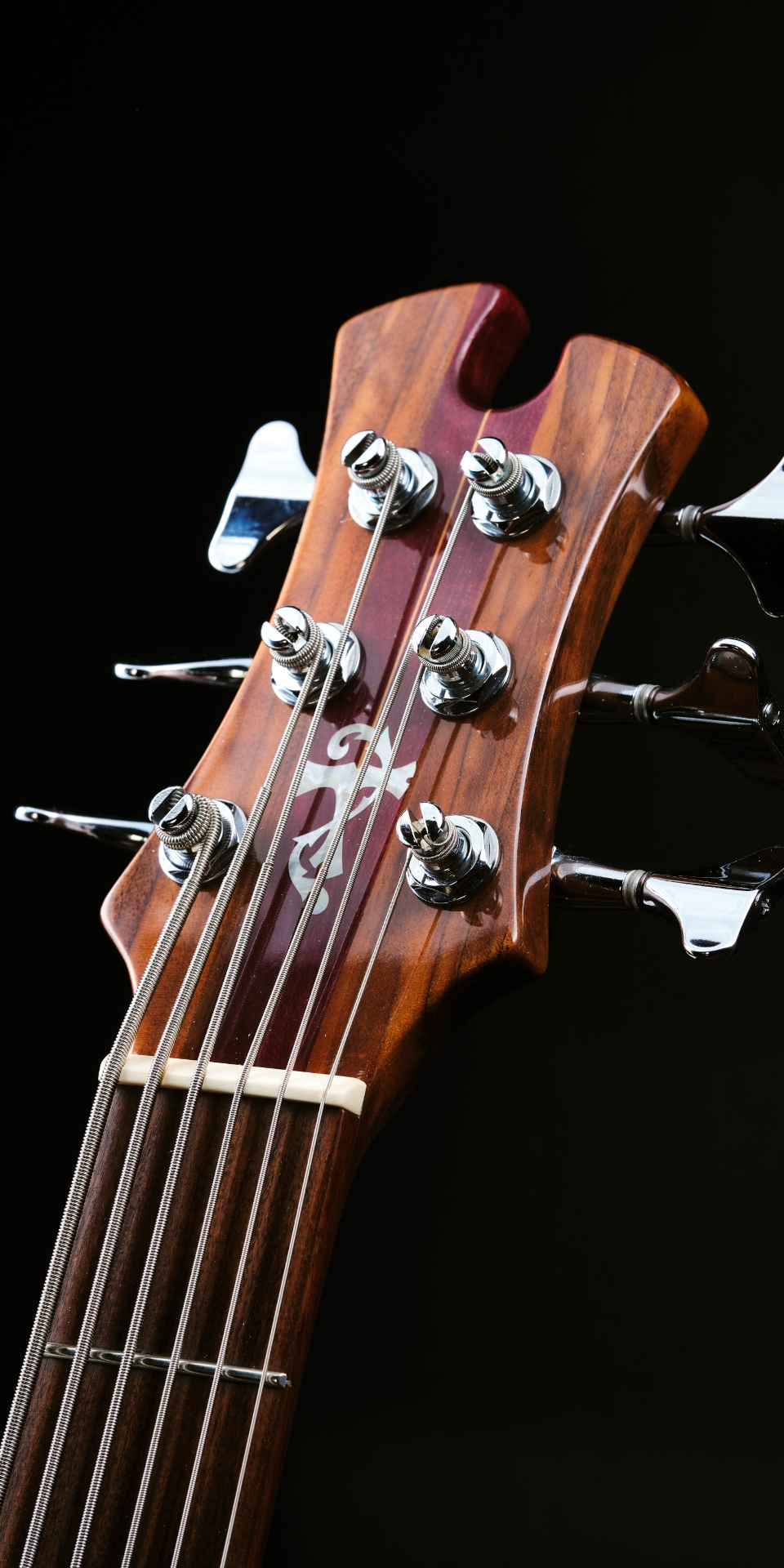

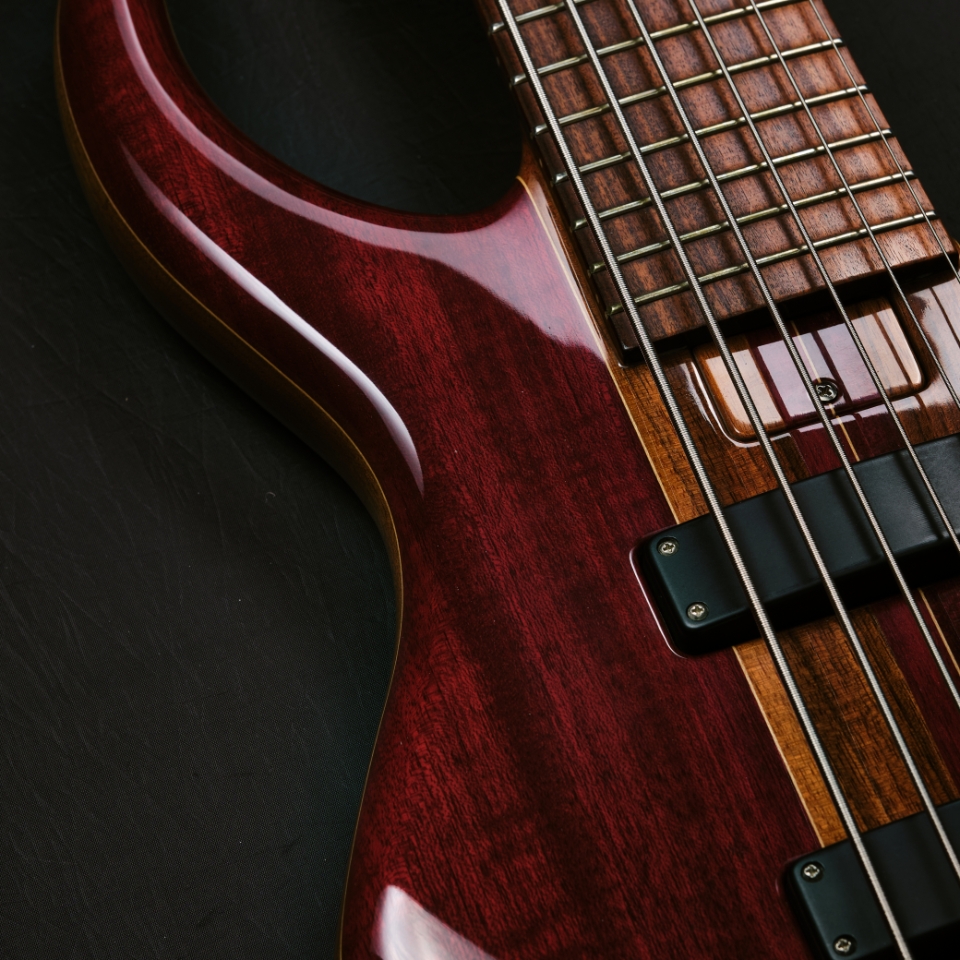


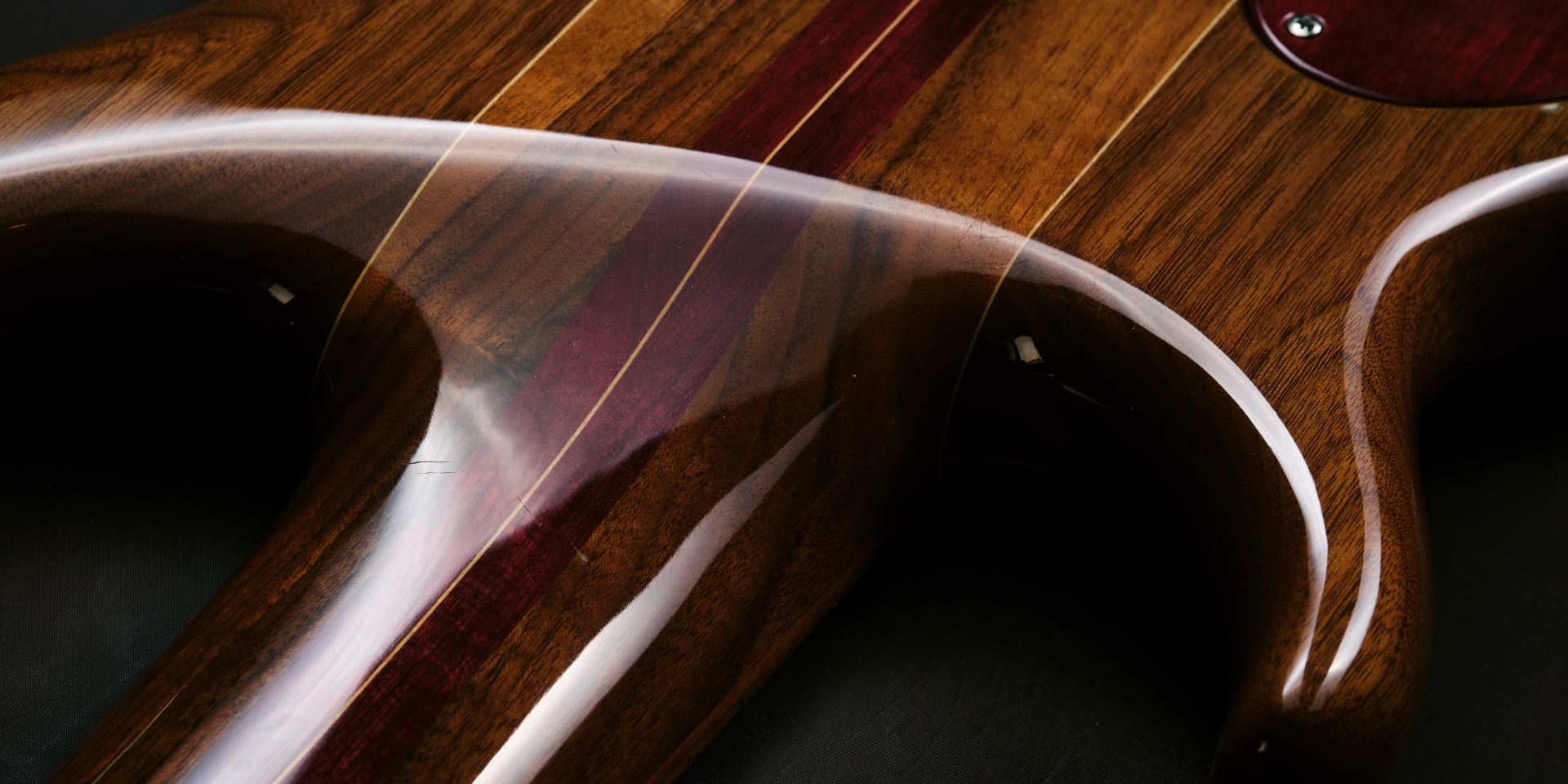
After leaving Gibson, Michael Tobias didn’t step away from bass building. He launched MTD (Michael Tobias Design)and picked up right where he left off, crafting some of the most respected modern basses on the market today—again, with an asymmetrical neck, stunning woods, and an obsession with tone.
In many ways, MTD became the spiritual successor to the original Tobias line. If you want that boutique, handmade vibe with Michael Tobias DNA running through it, MTD is where you’ll find it now.
Tobias basses have a legacy that spans decades. The pre-Nashville instruments are now regarded as collectibles, but they’re also still workhorses for serious players who appreciate their craftsmanship, tone, and individuality. The story may have shifted after the Gibson acquisition, but the early Tobias basses live on as some of the most player-focused, finely crafted instruments ever made.
And if you’re chasing that magic today? Look no further than MTD.
Would you like this formatted for a blog post or adapted to fit a product listing or video script?
Specs
Body
- Body Wood
- Walnut
- Top
- Purpleheart
- Colors
- Natural
- Body Finish
- Gloss
Neck
- Neck Wood
- 7pc Walnut and Purpleheart
- Fingerboard
- Pau Ferro
- Frets
- 24
- Strings
- 6
- HeadStock
- Matching Headstock
- Scale
- 34″
- Nut
- 41,27mm
- Tuning
- Standard
Weight
- Weight
- 4.7 kg
Electronics
- Preamp
- Bartolini Preamp Mid cut/boost switch allows you to boost or cut midrange (except Growler) Pan Pot pickup mixer to balance between the neck and bridge pickups Master Volume and push/pull Slap Tone switch Bass control Mid-range control Treble control
- Pickup
- Dual Bartolini
Hardware
- Bridge
- ABM massive brass bridge
- Bridge Spacing
- 18 mm